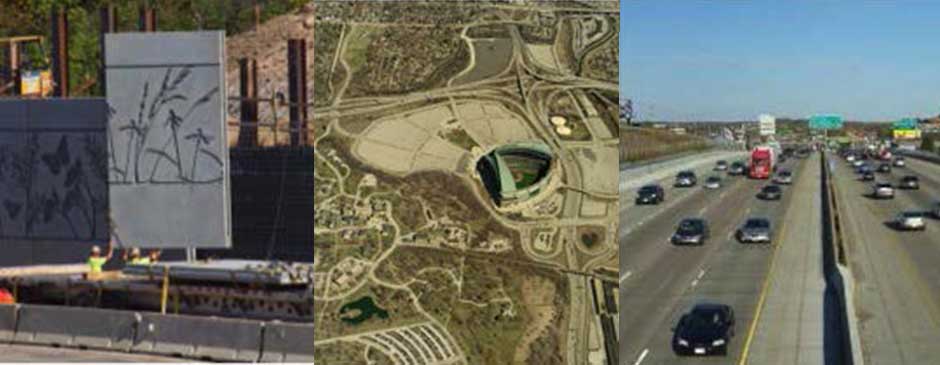
-
Read the case study detailing how the Washington State Department of Transportation is using the Project Management Strategies for Complex Projects (R10) on the Seattle Multimodal Ferry Terminal at Colman Dock, which provides two service routes to over 8.5 million people annually.
A more comprehensive, innovative approach to managing complex projects.
Project Management Strategies for Complex Projects (R10)
Challenge
Complex highway projects come in a variety of sizes and use various financing mechanisms and delivery methods. Work on such projects often involves navigating complex logistics, new construction methods, controversial stakeholder issues, and restrictive regulations. Each of these components requires careful planning and execution. Similarly, underestimating cost, schedule, or disruption can negatively affect budgets, increase delays, and undermine public confidence.
Project management has long focused on three elements—cost, schedule, and technical requirements (scope, design, quality, and integrated delivery). However, complex projects, particularly those in the rapid renewal area, need something more robust to be successful.
Moving beyond traditional approaches requires stronger partnerships among transportation agencies, contractors, consulting engineers, and external stakeholders. Better strategic planning and execution must occur from startup through construction. The Guidebook for Project Management Strategies for Complex Projects provides practical tools and techniques to optimize innovation, minimize schedule and budget risks, and build better projects.
Solution
Project Management Strategies for Complex Projects (R10), expands the three-dimensional analysis typically used by departments of transportation. It creates a model that facilitates project management in five areas: cost, schedule, technical, financial, and context. Methods for assessing complexity factors will help managers make rational resource allocations and guide planning and implementation.
Methodology
The complex management product is a methodology that takes a project through a deliberative process that begins with an overview of complexity mapping. This process then follows five distinct steps for addressing the five dimensions.
The steps are:
- Define critical project success factors
- Assemble project team
- Select project arrangements
- Prepare early cost model and finance plan
- Develop project action plans
Application Tools
The guidebook also contains the following:
- 18 case studies including 15 in the United States and 3 international
- Forms to conduct exercises to apply the 5 methods and 13 project management tools recommended in the product
- Other application tools that will assist transportation agencies in using the product
The companion training program will assist State and local transportation agency staff in obtaining the skill sets necessary to follow the process.
Benefits
This deliberative process addresses and enables a systematic management approach that speeds decision making, addresses complex issues, and expedites government approvals for rapid renewal projects.
R10:
- Provides a five-dimensional project management (5DPM) approach to account for external factors.
- Considers projects to be iterative rather than linear.
- Schedules projects to create value; encourages innovation, hybrid contracting, and relational partnering.
- Emphasizes that each complex project has its own set of performance goals.
This method represents an evolution in current project management practices. The R10 product can be applied to highway projects of varying sizes and types to help project managers proactively identify, plan for, and manage their projects to reduce the schedule and cost impacts. The context for projects changes from linear to dynamic by encouraging innovation and relational partnering; emphasizing that each complex project has its own distinct set of performance goals.
The complex management methodology can be "self-implemented" after project managers or facilitators have been trained. It will also guide managers through a process to fully integrate project teams across the entire life cycle, a foundation of project success. Projects using this approach may also consider using the guidebook for Managing Risk in Rapid Renewal Projects (R09) at the appropriate point in the project development process, since the two products are complementary.
-

Save Lives
Innovative management practices efficiently address complex issues, speeding project completion and reducing the amount of time workers and drivers are exposed to work zone hazards.
-

Save Money
Economic challenges are carefully considered during the planning and development process. Innovative financing approaches ensure that project funding is available and complex projects are completed on time and within budget.
-

Save Time
Environmental and economic challenges can significantly delay projects. Sound decision-making and project management strategies ensure successful and timely completion.





